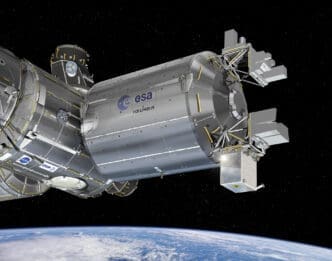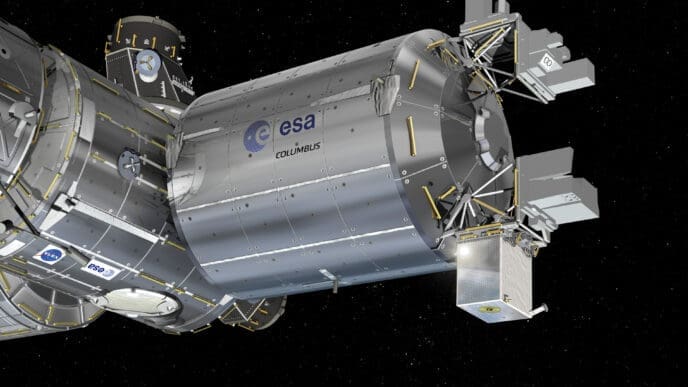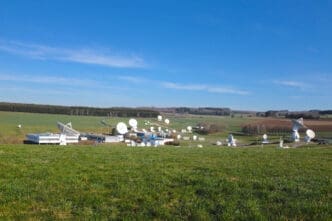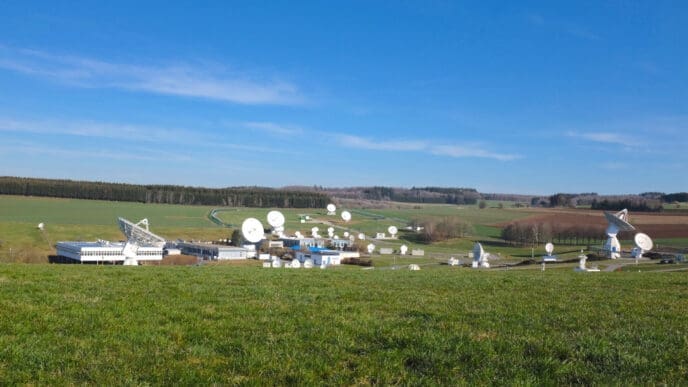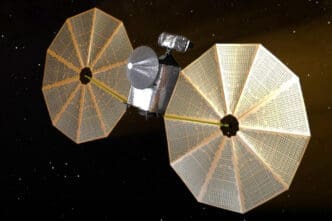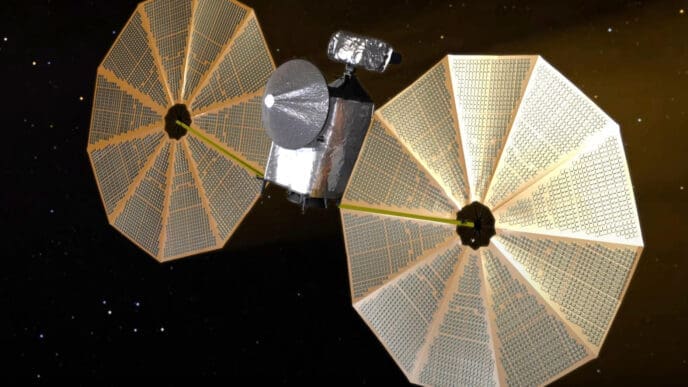Buckle up as NASA prepares to take us on another exciting lunar journey! The next Intuitive Machines Moon flight is not just about reaching the Moon; it’s about taking groundbreaking science and technology along for the ride. As part of the CLPS initiative, this mission is set to contribute significantly to long-term lunar exploration.
Imagine a world where robots carry out scientific experiments on the lunar surface as scientists watch from afar. This is not science fiction; it’s what NASA is making possible with their upcoming mission. Tune in as this celestial adventure unfolds, promising new discoveries and innovations that could change the way we see our cosmic neighbor.
Mission Overview
In a venture that marries scientific inquiry with cutting-edge technology, NASA’s upcoming mission to the Moon is one for the books. The operation forms a crucial part of the Artemis campaign, seeking to increase our presence on the lunar surface. This mission not only aims to plant science instruments on the Moon but also to test new technologies that could make future lunar exploration more sustainable.
What’s on Board
Packed with a suite of high-tech gadgets, the Intuitive Machines lunar lander is ready for action. One of the standout features is the drilling and mass spectrometry equipment. These tools will dig into the lunar soil, searching for valuable resources and gases that could shed light on the Moon’s composition. Moreover, the lander’s deck includes a passive Laser Retroreflector Array to guide future missions with precision.
Cutting-edge communication systems are also featured in this mission. Designed to test robust surface links, these systems will allow smoother communication between the Moon and Earth. Meanwhile, a specially designed drone, capable of hopping across the Moon’s surface, is set to be released. This drone will test mobility technologies that could be game-changers for exploring celestial bodies.
Launch Details
Launching from NASA’s Kennedy Space Center, Intuitive Machines’ lander will hitch a ride on a SpaceX Falcon 9 rocket. As fans of spaceflight know, these rockets are known for their reliability and impressive performance.
The mission is expected to kick off with a four-day launch window, providing some flexibility in case Mother Nature doesn’t play nice. These steps underscore the technical preparation involved in sending missions to the Moon.
Once launched, the Athena lander will be on a direct course to its targeted lunar destination. It’s a high-stakes journey where every second counts, showcasing NASA’s precision planning and execution abilities.
Scientific Goals
The mission has some impressive scientific aims. One of the primary goals is to observe volatiles in the lunar soil, especially near Mons Mouton, a site at the Moon’s South Pole.
By identifying the presence of these elements, scientists hope to better understand natural resources that can support longer missions on the Moon. It’s a vision aimed at not just visiting the Moon, but living on it.
The data will also play a part in moon-based research that could, in turn, offer insights into Earth’s geology and even other celestial bodies. It’s a two-pronged approach, advancing knowledge while adding practical value.
The Artemis Influence
As an integral part of the Artemis campaign, this mission underscores NASA’s commitment to a long-term lunar presence. Artemis is more than a collection of missions; it’s a strategy that could pave the way for humanity’s next great frontier.
The Moon serves as both a target and a proving ground for technologies needed to support missions to Mars and beyond. With Artemis, NASA envisions a future where space travel extends into the solar system.
By testing concepts and equipment on the Moon, lessons learned will undoubtedly inform more ambitious undertakings yet to come.
Technological Innovations
The Intuitive Machines flight showcases several technology demonstrations. From communications systems to propellant drones, innovations are everywhere.
These instruments will undergo rigorous tests to validate their effectiveness in the harsh lunar environment, providing invaluable data.
Anticipation is high as each successful demonstration could become a building block for future missions, with the potential to redefine lunar exploration.
The Future of Lunar Exploration
This mission could open the door to permanent lunar outposts, facilitating research and development on a new scale. The Moon could indeed become a stepping stone for further solar system exploration.
As NASA and its partners pave the way, we stand on the brink of a new era in space exploration, driven by innovation and collaboration.
The implications for science, technology, and human curiosity are immense. With one mission at a time, we are inching closer to understanding the vast expanse of space.
NASA’s mission is more than just another trip to the Moon; it’s a leap forward in space exploration. The technologies onboard could shape the future of lunar exploration and beyond. As NASA and its partners continue to push the boundaries, this mission may provide the knowledge needed to one day see humanity settling on the Moon.



